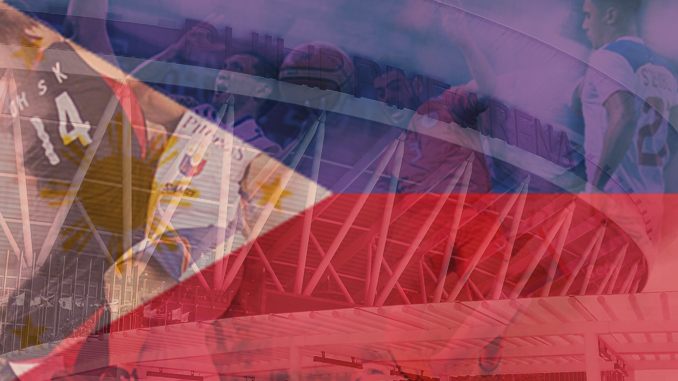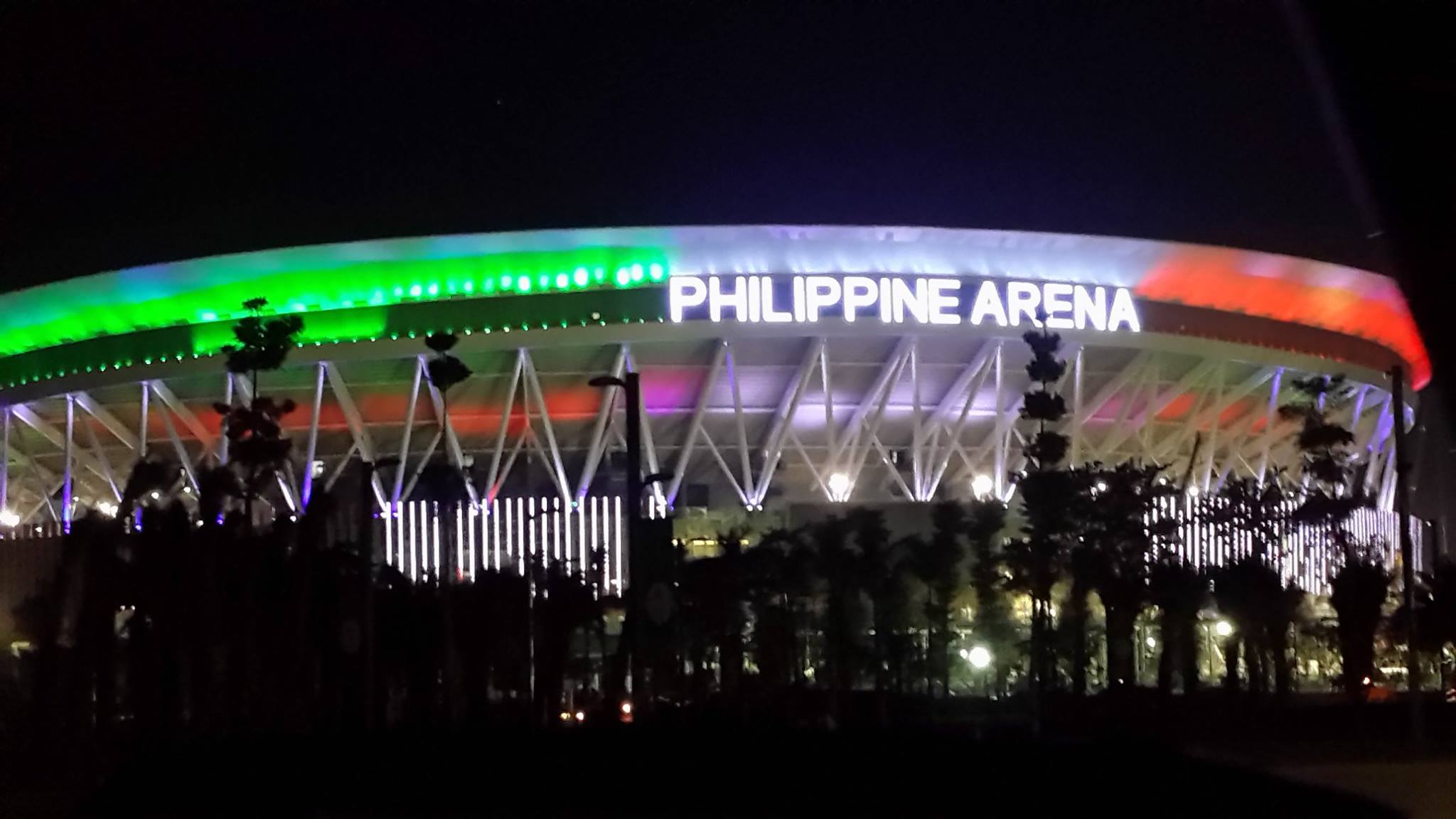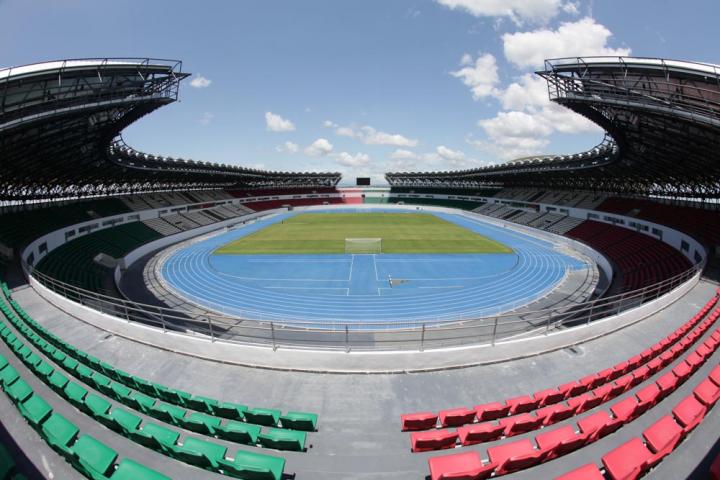The question above was raised by journalists in a media forum in Manila last November 2016 before the Philippine Olympic Committee elections when the Pangilinan-backed Ricky Vargas of the Philippine Amateur Boxing Association guested at the Kapihan sa Manila Bay media forum at Cafe Adriatico. Vargas was then running against the incumbent Peping Cojuangco, who has been running the POC since 2004.
The boxing official said that there has to be comprehensive planning should there be an event of that scale. Among the things that needs to be considered, according to Vargas, are the traffic volume from the hospitality establishments to, from and in the vicinity of the venue, the physical preparations of the venue itself, and the people needed to successfully manage the event.
Organizing the personnel requirement for an event of such scale and magnitude can easily be done. This was shown by the country’s hosting of the APEC in 2015 and the numerous ASEAN Summits here before that. But If road congestion, volume of spectators and venue readiness are major issues in this regard, the facilities outside Metro Manila should come into the picture and carry more weight.
The adjacent Philippine Sports Stadium, on the other hand, is the largest football stadium in the Philippines with a maximum seating capacity of 25,000 – more than twice that of the seating capacity of the Rizal Memorial Stadium in Vito Cruz and Remedios Districts of Manila. In June 2015, it served as the venue of fhe 2018 World Cup Qualifier match between the Philippine Azkals and Bahrain and, last year, for the Asian Qualifiers of the 2017 AFF Suzuki Cup matches fought between the top senior national football teams in the region. Because of the world class quality of the Stadium, teams from Kazakhstan, Sri Lanka, Singapore and the Philippines battled it out for the 2015 Asian Rugby Division 1 Championships in 2015. The Philippine Sports Stadium is also now the nee home of the University of the Philippines Track and Field varsity team.
Both facilities are built right beside each other within the sprawling 140-hectare Ciudad de Victoria complex, which prides itself with its own athletes’ housing village. Earlier this year, the complex inaugurated access gates to and from the North Luzon Expressway to decongest the traditional access roads for crowds via Bocaue and Santa Maria towns.
If the country’s sports policy people are really serious in their oft-repeated desire to elevate various sports events to world-class standards, they should extend their sights beyond what Metro Manila can offer.
FIBA and the region’s volleyball governing bodies are slated to hold international tournaments next year. Sen. Manny Pacquiao will again go up the ring and slug it out to defend his belt against Australian Jeffrey Horn in the middle of 2017. It would be good for the economy of provincial towns, not only for sports, if international sports are held in these facilities.
So, regarding the question if the Philippines is capable of hosting a major international sports event, the answer should be a resounding “Yes we can!”.



